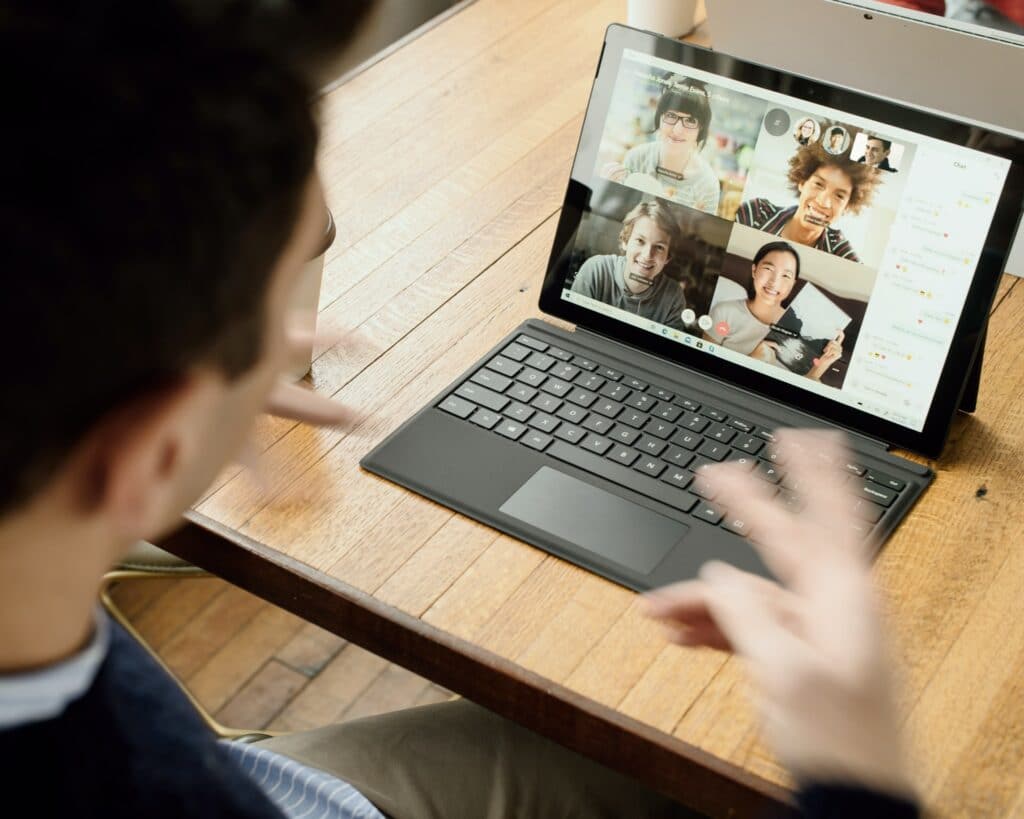The Importance Of Agendas For Meetings
Setting agendas can make or break a meeting, especially at the moment when all our meetings are remote. An agenda adds structure, purpose and helps keep everyone aligned towards a common goal. You don’t want to spend a quarter of your meeting discussing what it is you’re about to talk about, this is the magic of Agendas! So, let’s discuss the importance of Agendas and some practical tips to help you prepare and execute your next remote meeting!

Account for your time
The first thing to think about is how much your team will want to chat to each other about how they are doing and you should take account of that! The little conversations people used to have around the office have mostly been happening in text form over Slack or Teams. One thing you could do is set aside 5 minutes when setting an agenda for people to say hello and check-in with each other. Another idea, and one that could save you even more time if it’s a short meeting, set aside work time (and that part is important, don’t make it unpaid out of work time!) out of the meeting for your team to do this if they want. After all, team cohesion is important!
There are a few ways you can set up and track meetings, I recommend using Google Workspace. You can go directly to your calendar to set the meeting time, add a conference call link that will go out with the meeting invite, and add guests easily so it goes into their calendar as well. You can also add a description which is where I tend to put the meeting agenda. You can also use Google Documents for your agenda if you prefer having a larger place for all these notes to go, you can then create a link that is only visible to people attending the meeting, and that link can be put into the calendar description. I prefer to put my agenda in the description, however, as it is one less step for people to follow and everything is nice and centralized. Also, you can set it so anyone can edit the event meaning people can add their own notes, links, or attachments to the agenda!
One thing to keep in mind is agendas should be live documents, meaning they not only keep things on track but also act as a good record of what everyone said they would or wouldn’t do so you can review it in the next meeting with the same team. This is why having someone in the meeting in charge of taking notes can be vital! This would ideally be someone who doesn’t have a presentation to give in the meeting and can sit back, taking in all the information being given that isn’t already on the agenda. You can share these notes with the company at large if needed, creating a Slack or Teams channel exclusively for meeting notes can be a very useful tool to keep cohesion across teams within a company.

Set expectations
One thing that can be helpful is adding guidelines to your meeting notes, for example how the meeting will be lead and by who, if people should mute their mics when others are speaking, and use the “raise hand” tool if they have an immediate question or if not when questions can be taken. When typing up your agenda add expectations, for example, “Sarah will include the KPI report for Live Team”, this gives everyone a chance to prepare their part of the meeting and more importantly, know exactly what they are expected to contribute.
Get the agenda to people at the very least 24 hours before the meeting starts but ideally earlier than that so everyone has time to process and prepare what they want to discuss. Even 24 hours is a little short, ideally if you know the meeting is coming up give people a week to prepare, especially if people are giving presentations as a part of the meeting!
Adding timings to the agenda can also be useful. When you’re setting up your Google Calendar invite you can specify how long the meeting runs, in your agenda divide this time up between all the things that are going to be discussed “10mins, Sarah to discuss the Live team” etc.

A good way to give your presentations is with XSplit Presenter. When you join the meeting, set your camera to be XSplit Presenter and everyone will be able to see your presentation easily in the call without having to share your screen! You can create scenes for each meeting section with any relevant slides or information for each speaker and segment of the meeting. You can even import your slides from programs like Google Slides that your team has been collaborating on!
Agendas can honestly be one of the most powerful tools to help meetings go from a conversation that ends with another meeting being set because nothing got settled (these are the worst kind of meetings!) to knowledge being shared and goals being set. So, be sure to take your time with it and understand the importance of agendas for meetings!
